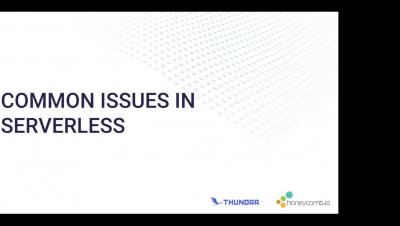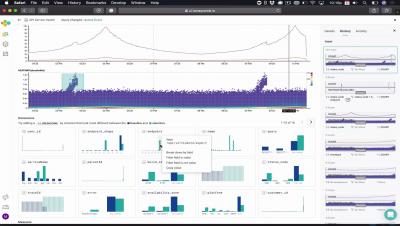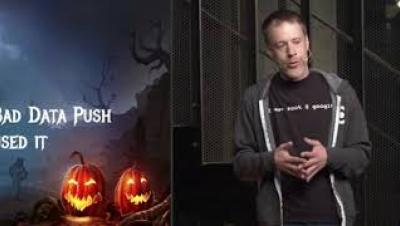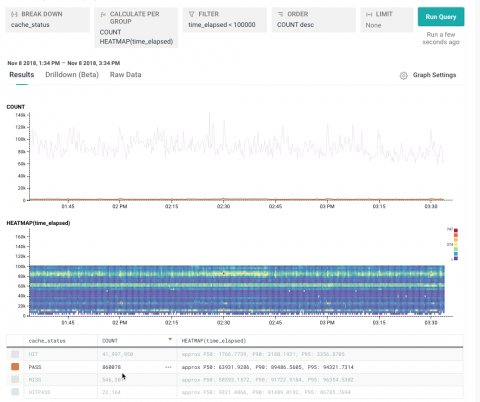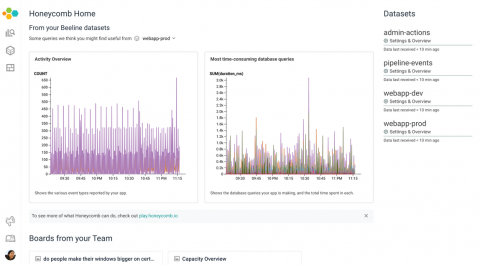Operations | Monitoring | ITSM | DevOps | Cloud
Honeycomb
Honeycomb Demo - Ticket API Service - Dec 2018
How Much Should My Observability Stack Cost?
What should one pay for observability? How much observability is enough? How much is too much, or is there such a thing? Is it better to pay for one product that claims (dubiously) to do everything, or twenty products that are each optimized to do a different part of the problem super well? It’s almost enough to make a busy engineer say “Screw it, I’m spinning up Nagios”. (Hey, I said almost.)
Spooky Tales of Testing In Production: A Recap and Lessons Learned
Happy December! Back in October, we cohosted a SPOOKY HALLOWEEN meetup with our pals at LaunchDarkly about testing in production. Here’s a review of the talks we saw!
Marc Devens - Test in Production: The Penny Glitch that Cost Big
Paul Biggar - Test in Production: The Time Our Provider Screwed Us
Eric Pollmann - Test in Production: Two Tales
Diving into Data with Honeycomb: "Codename: Drilldown" is in Beta!
This blog miniseries talks about how to think about doing data analysis the Honeycomb way. In this episode, we announce an exciting new feature, currently in beta. Honestly, we’re so excited to get this out the door, we haven’t settled on a final name so for now, we’re going with “Codename: Drilldown.”
The Core Analysis Loop, or: Heatmaps Make Analysis Better
In this blog miniseries, I’m talking about how to think about doing data analysis, the Honeycomb way. In Part I, I talked about how heatmaps help us understand how data analysis works. In Part II, I’d like to broaden the perspective to include the subject of actually analyzing data.
Orient Yourself Instantly with a New Homepage Experience
Honeycomb has always been about flexibility, power, and speed — and about working with your data in a way that other vendors say is impossible. But now Honeycomb is also about being easier than ever to orient yourself and begin getting value out of your data right away.


